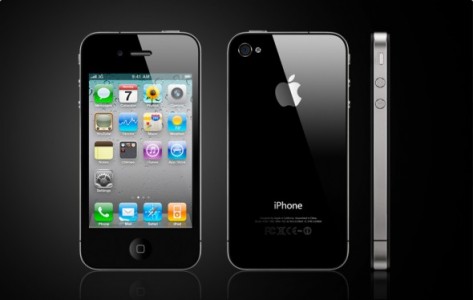
Noua tehnologie implementata de Apple si testata de Nokia Siemens reduce aceasta congestie prin introducerea terminalului intr-o stare intermediara in locul celei idle si practic terminalul se conecteaza mult mai rapid si cere mult mai putine informatii de la retea pentru a obtine datele de care are nevoie. Aceasta noua tehnologie duce nu doar la decongestionarea retelelor de telefonie ci chiar si la cresterea autonomiei bateriei, unele smartphone-uri avand o autonomie cu pana la 11 ore mai buna dupa implementarea acestei tehnologii.
Nokia a implementat aceasta tehnologie in smartphone-urile sale inca de la inceputul acestui an insa ea functioneaza doar pe retelele compatibile si din pacate in Romania nu cred ca avem asa ceva inca. Oricum acesta este un foarte foarte mare pas facut de Apple si e posibil sa il vedem prezentat ca un feature al urmatoarelor tablete iPad/iPhone-uri.
Smartphones connect constantly to the network, often driven by applications. But this creates a huge amount of signalling as smartphones switch from an idle mode to an active state so that they can interact with the network, for example to get emails or pull in the latest tweets.
When it has gathered the information it needs, usually working in the background so you don’t even notice it’s happening, some smartphones then switch immediately into the idle state in order to conserve battery power. So when you next want some data from the network, the smartphone has to reconnect. This involves the network and phone exchanging many small signals.
All this disconnecting and reconnecting takes time and can cause a frustratingly slow network response. On the other hand, leaving the smartphone in an active mode all the time drains the battery very quickly.
To overcome the problem Nokia Siemens Networks introduced a method that, instead of putting the handset into idle or keeping it always active, keeps the handset in an intermediate state. From here, a smartphone can wake up much more quickly and needs to send far fewer signals to and from the network to start a data connection. You get a fast network response and a longer battery life.
















